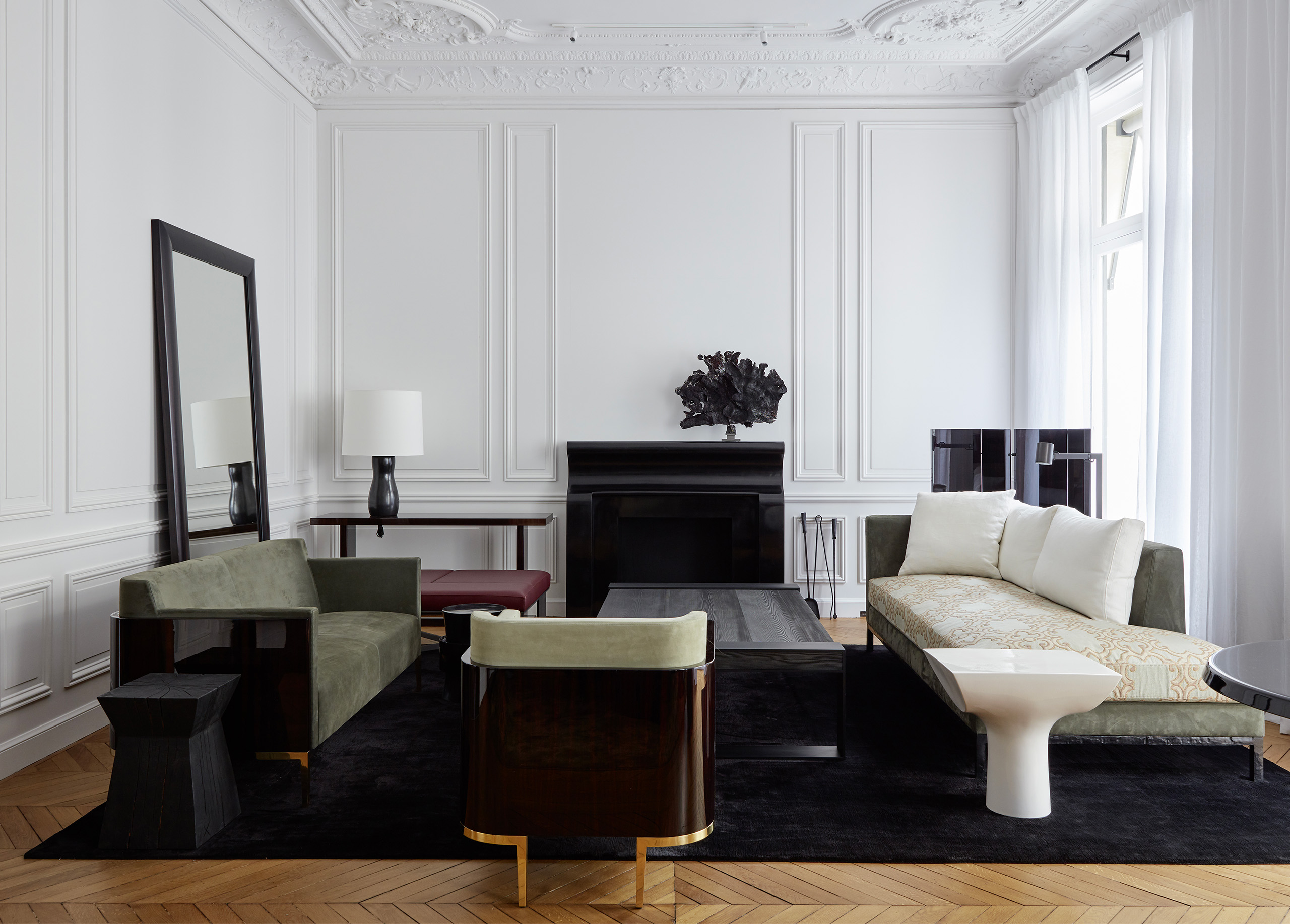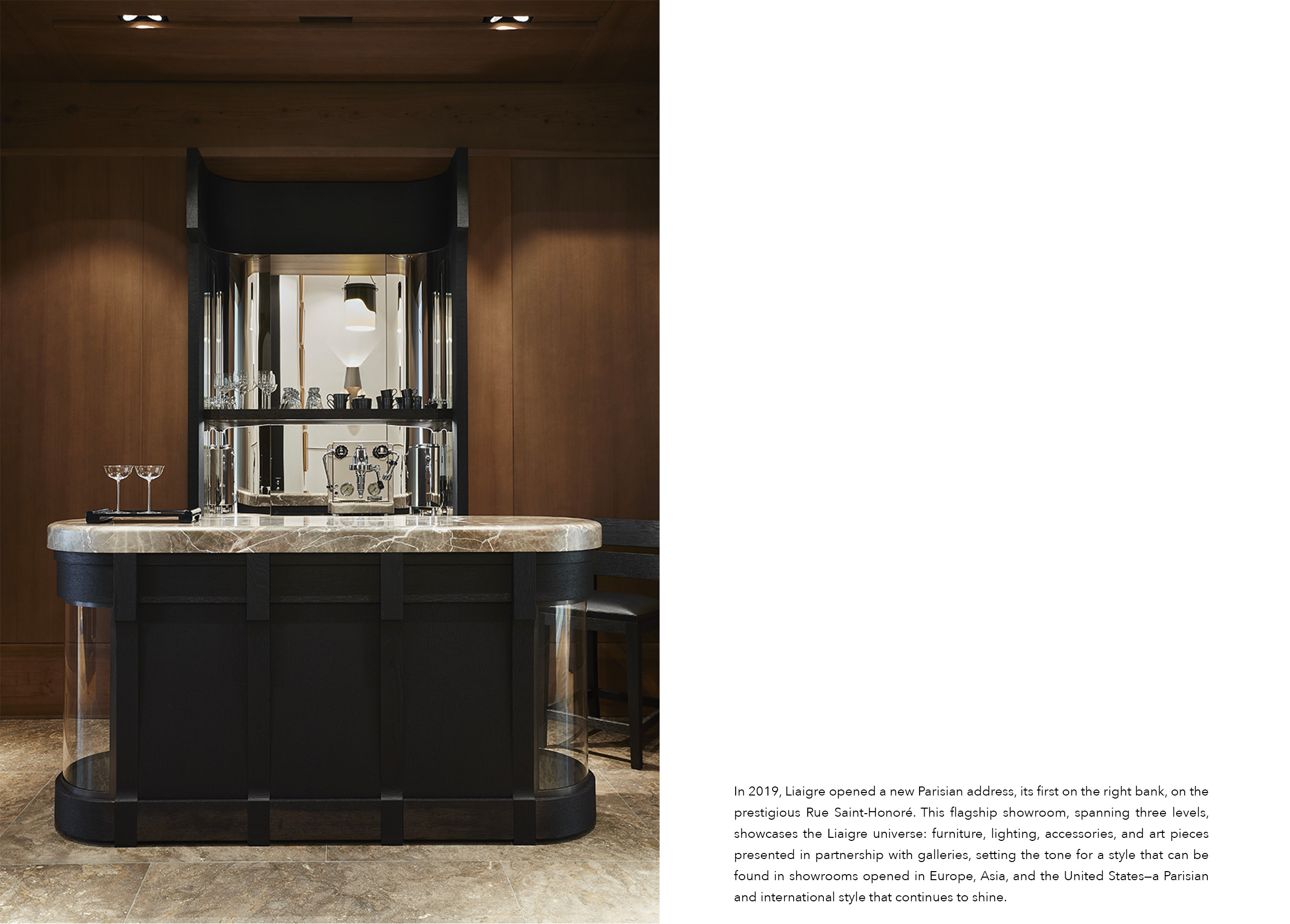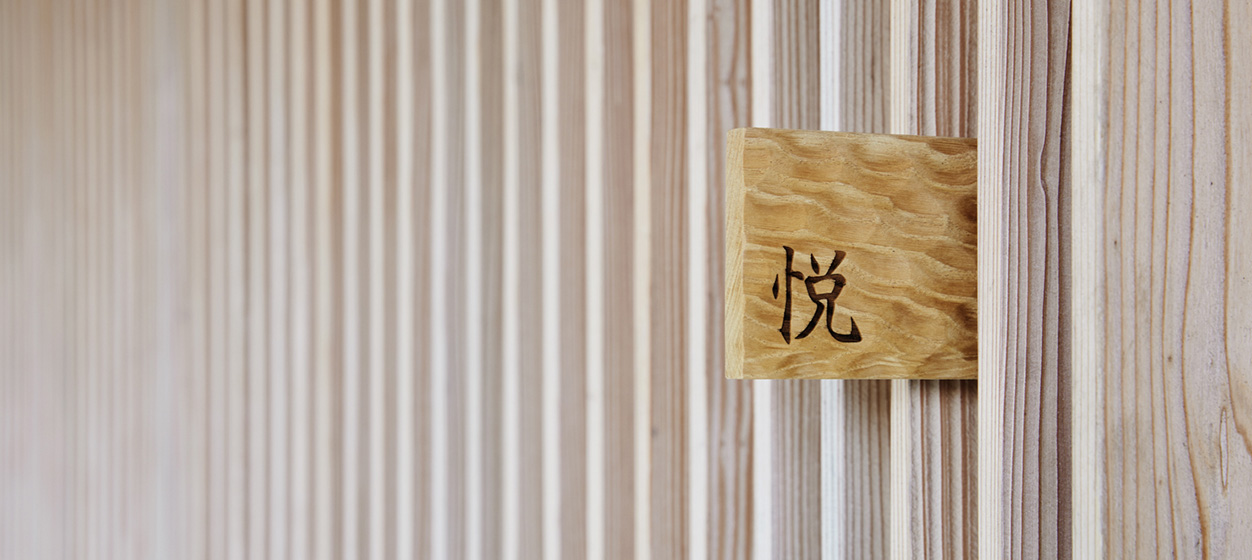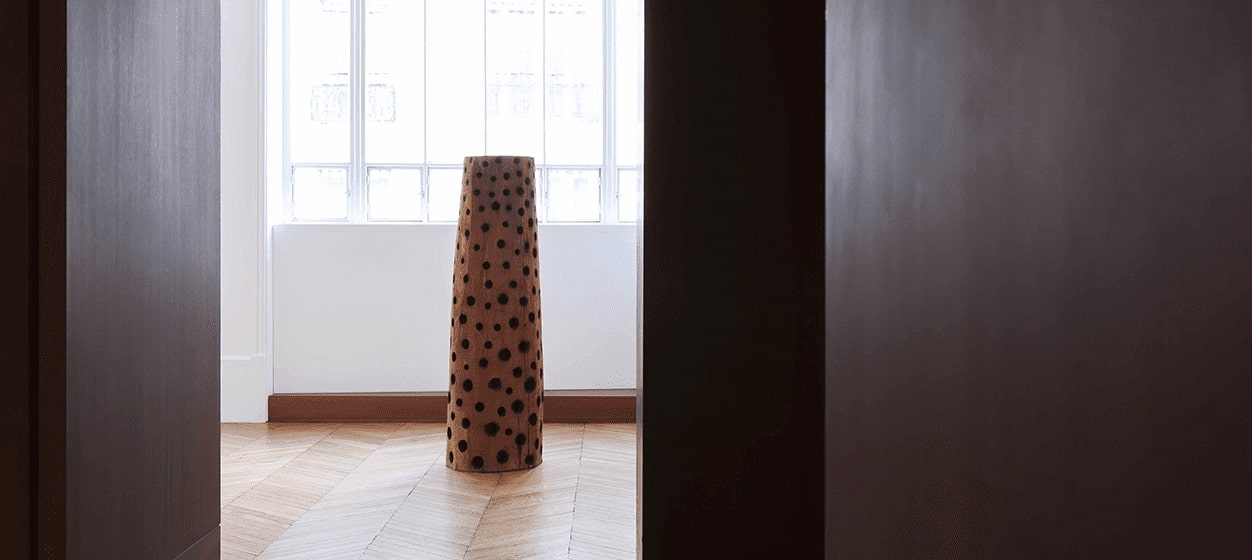Liaigre Parisian house
In the mid-1980s, designer Christian Liaigre established a creative studio in Paris and opened his first showroom on Rue de Varenne on the left bank of the Seine River. He drew upon a tradition of exceptional craftsmanship, proudly rooted in the centuries-old tradition of Parisian decorative arts. While this choice allowed him to distinguish himself from other designers emerging at the same time, it was not just about displaying a difference. Implicitly, it affirmed the intention to offer a decorative environment in line with what early 20th-century Parisian interior designers and decorators had initiated—creating bespoke pieces and advocating for a style free from trends, emphasizing longevity.
Nearly forty years later, Liaigre defines itself primarily as a Parisian house, a name synonymous with the art of living. It’s a matter of culture, DNA, style, and values that have won over numerous professionals and individuals on both sides of the Atlantic and around the world.
In the mid-1980s, designer Christian Liaigre established a creative studio in Paris and opened his first showroom on Rue de Varenne on the left bank of the Seine River. He drew upon a tradition of exceptional craftsmanship, proudly rooted in the centuries-old tradition of Parisian decorative arts. While this choice allowed him to distinguish himself from other designers emerging at the same time, it was not just about displaying a difference. Implicitly, it affirmed the intention to offer a decorative environment in line with what early 20th-century Parisian interior designers and decorators had initiated—creating bespoke pieces and advocating for a style free from trends, emphasizing longevity.
Nearly forty years later, Liaigre defines itself primarily as a Parisian house, a name synonymous with the art of living. It’s a matter of culture, DNA, style, and values that have won over numerous professionals and individuals on both sides of the Atlantic and around the world.
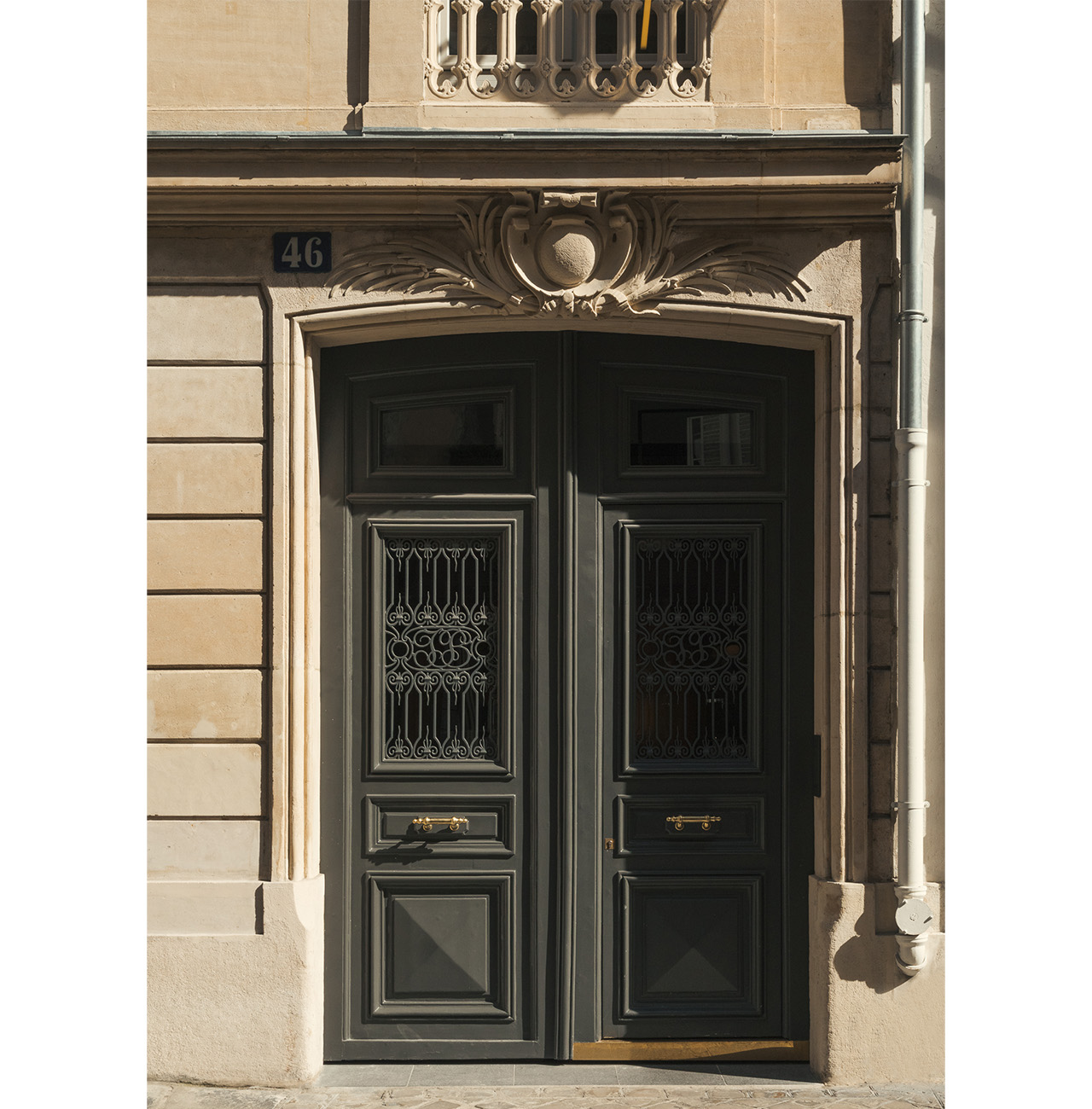
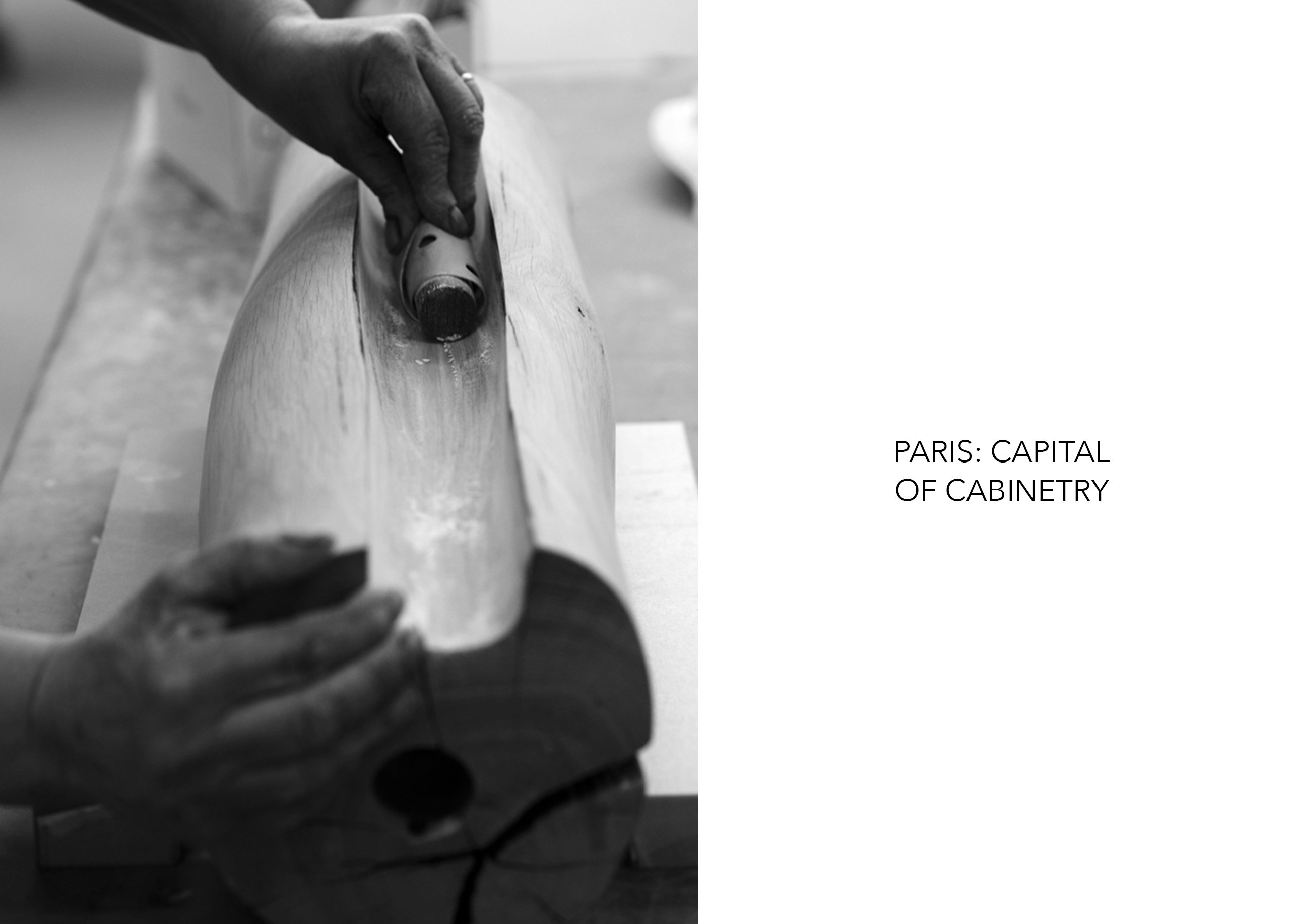
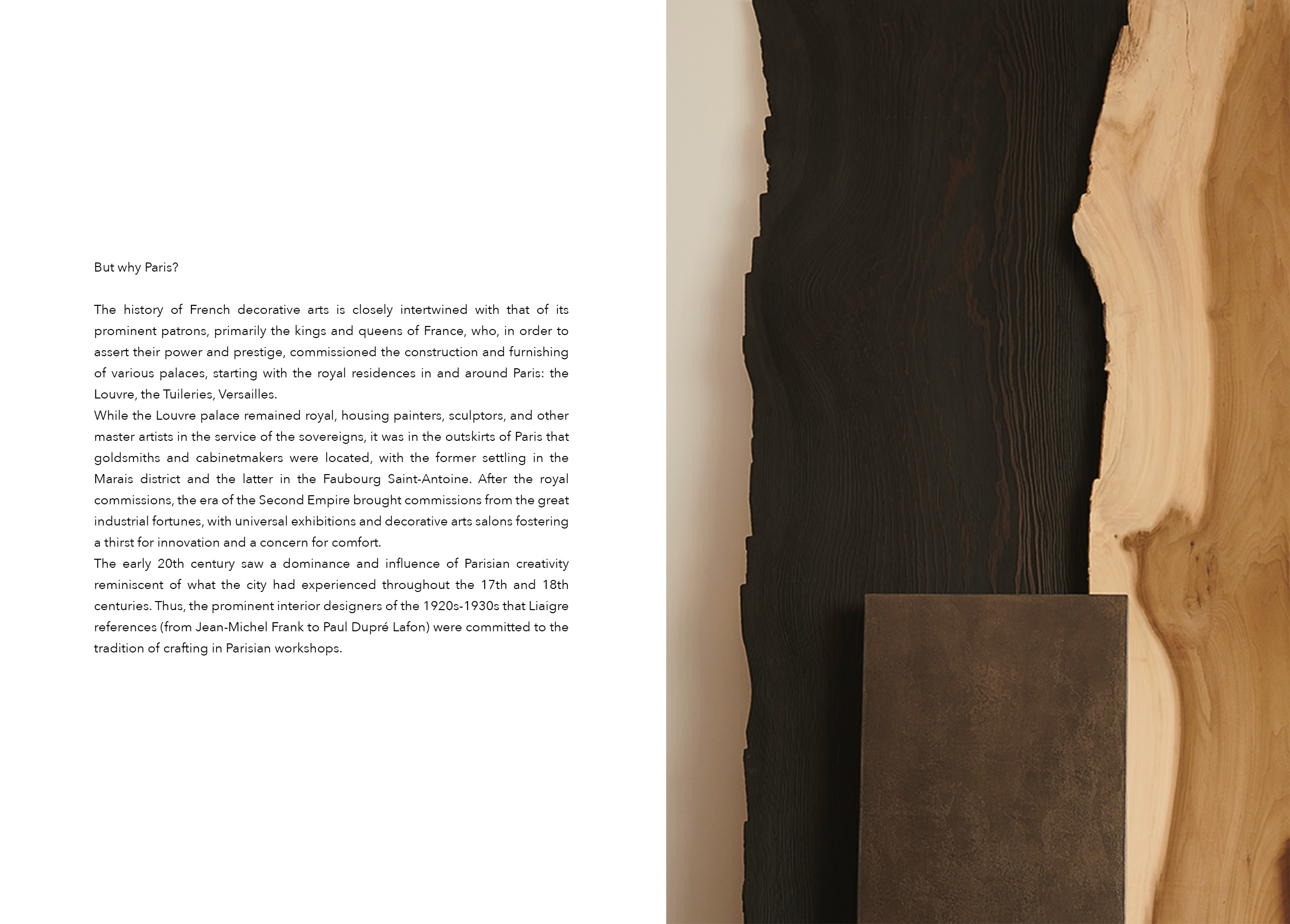
Like these historical interior designers, Christian Liaigre takes an artistic approach to his work. This way of approaching his profession is reflected in the gallery-like atmosphere subtly infused into his various showrooms.
Following the Rue de Varenne location, Liaigre inaugurated showrooms on Rue de Verneuil and then Rue du Bac, thereby reaffirming its attachment to the Left Bank and its streets populated with art galleries and antique shops. In 2017, Liaigre’s headquarters were established on the same Left Bank, occupying 46 Rue de Lille, an unmistakably Parisian address situated between the Seine River and the Musée d’Orsay, and housing the design studio among other things.
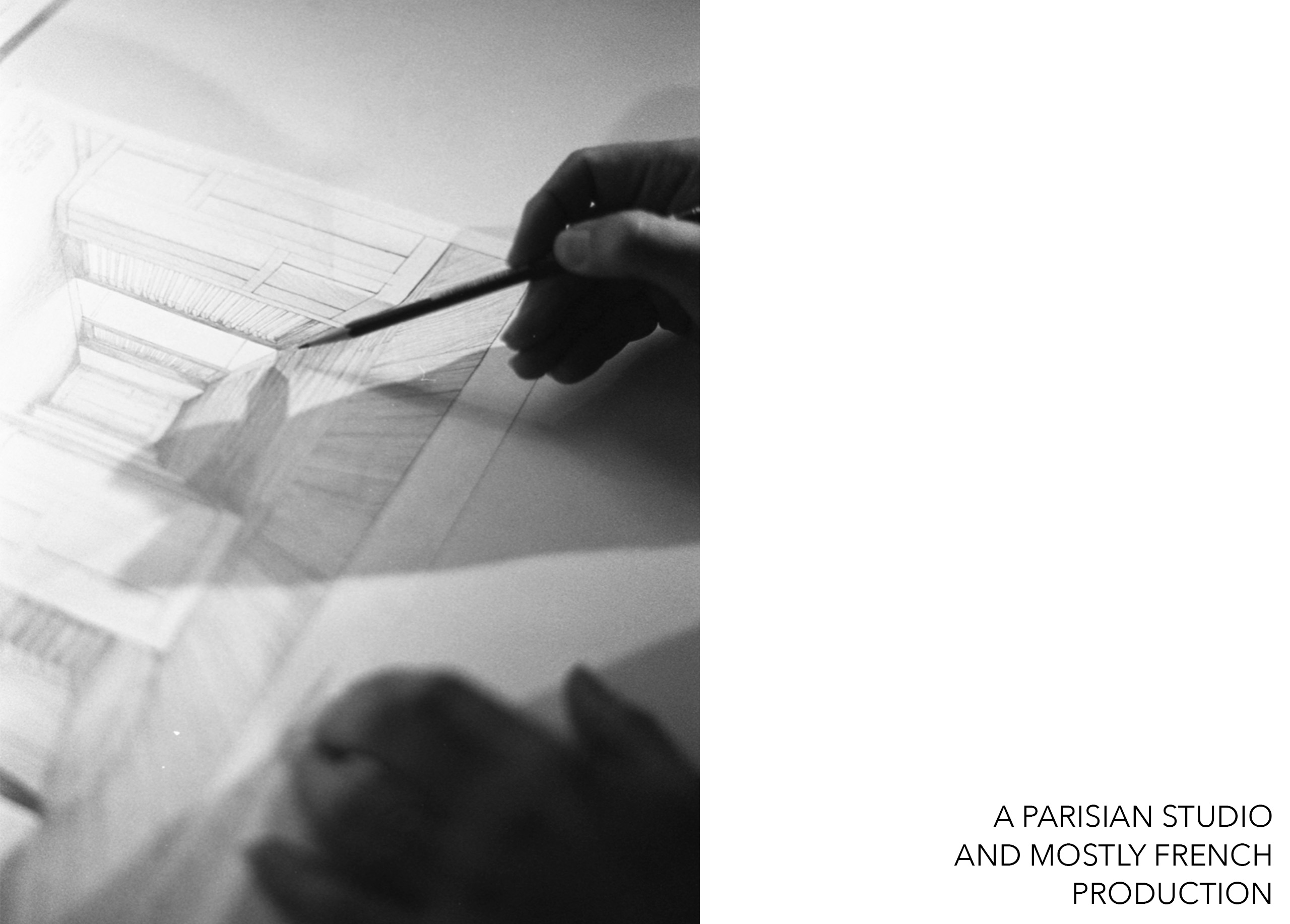
In the heart of Paris, Liaigre’s creative studio teams continue to perpetuate and enrich the aesthetic vocabulary that has made the brand both identifiable and highly desirable. Simplicity, clean lines, and generous proportions are elevated by the beauty of natural materials (wood, bronze, leather, natural fiber fabrics, wool, paper, ceramics, etc.).
The implementation of these materials and the diversity of offered finishes demand excellence. Liaigre entrusts the production of its furniture and lighting lines to renowned French houses, most of which have been partners for decades. Cabinetry, fitting, upholstery, bronze work, everything bearing the Liaigre stamp is entrusted to the most skilled hands, including those of numerous Master craftsmen.
Processes like wood sanding or brushing, full-grain leathers tanned in France, saddle stitching of leathers, casting and patinating of bronzes, lacquering on panels or various furniture elements, padding and upholstery of sofas and seating by the best upholsterers – excellence is at the heart of the production of each piece with an ultimate attention to detail that is consistently reiterated.
This prestigious “Made in France,” coupled with the Parisian spirit of the Maison’s creations, has significantly contributed to the reputation and global appeal of Liaigre.
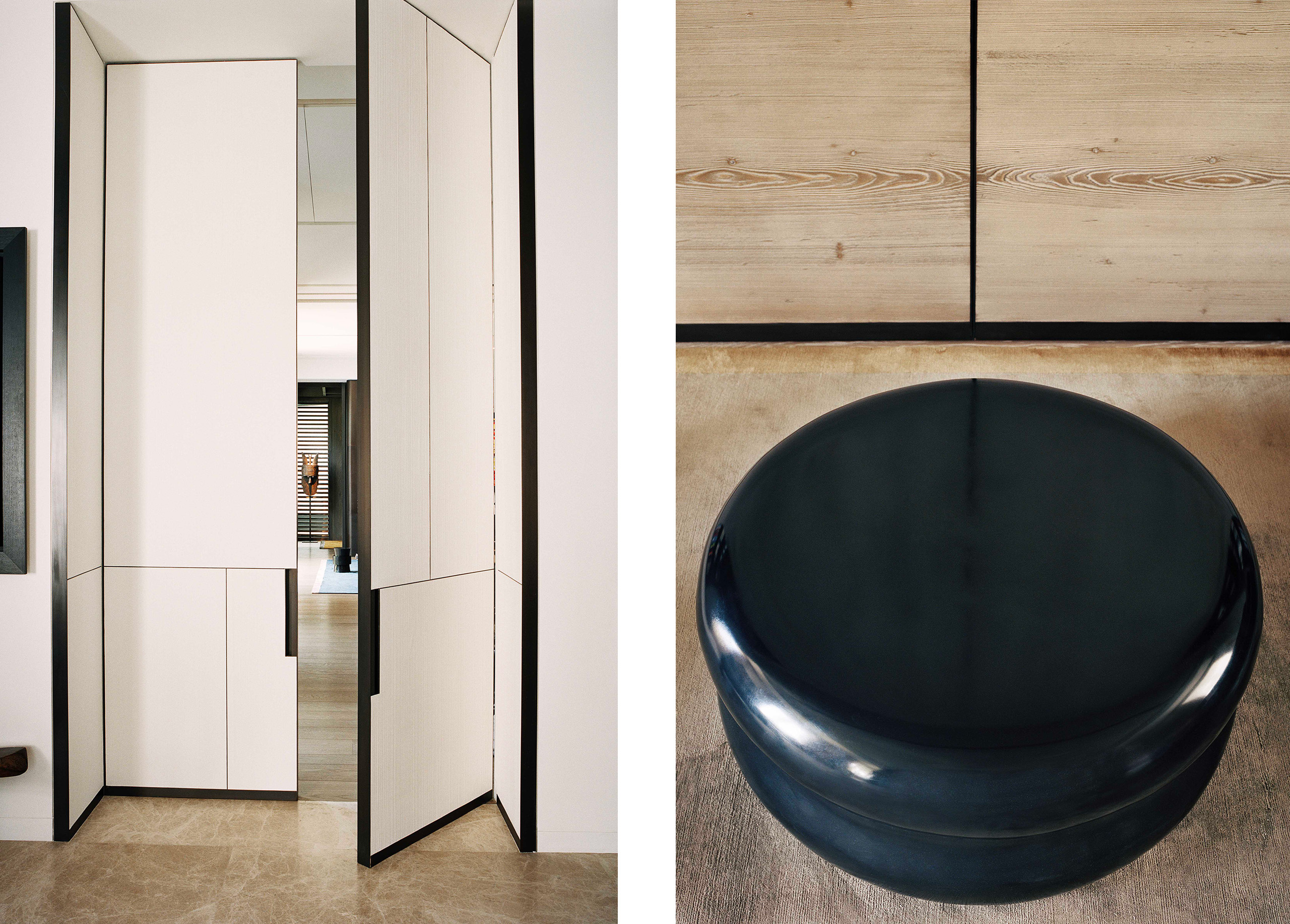
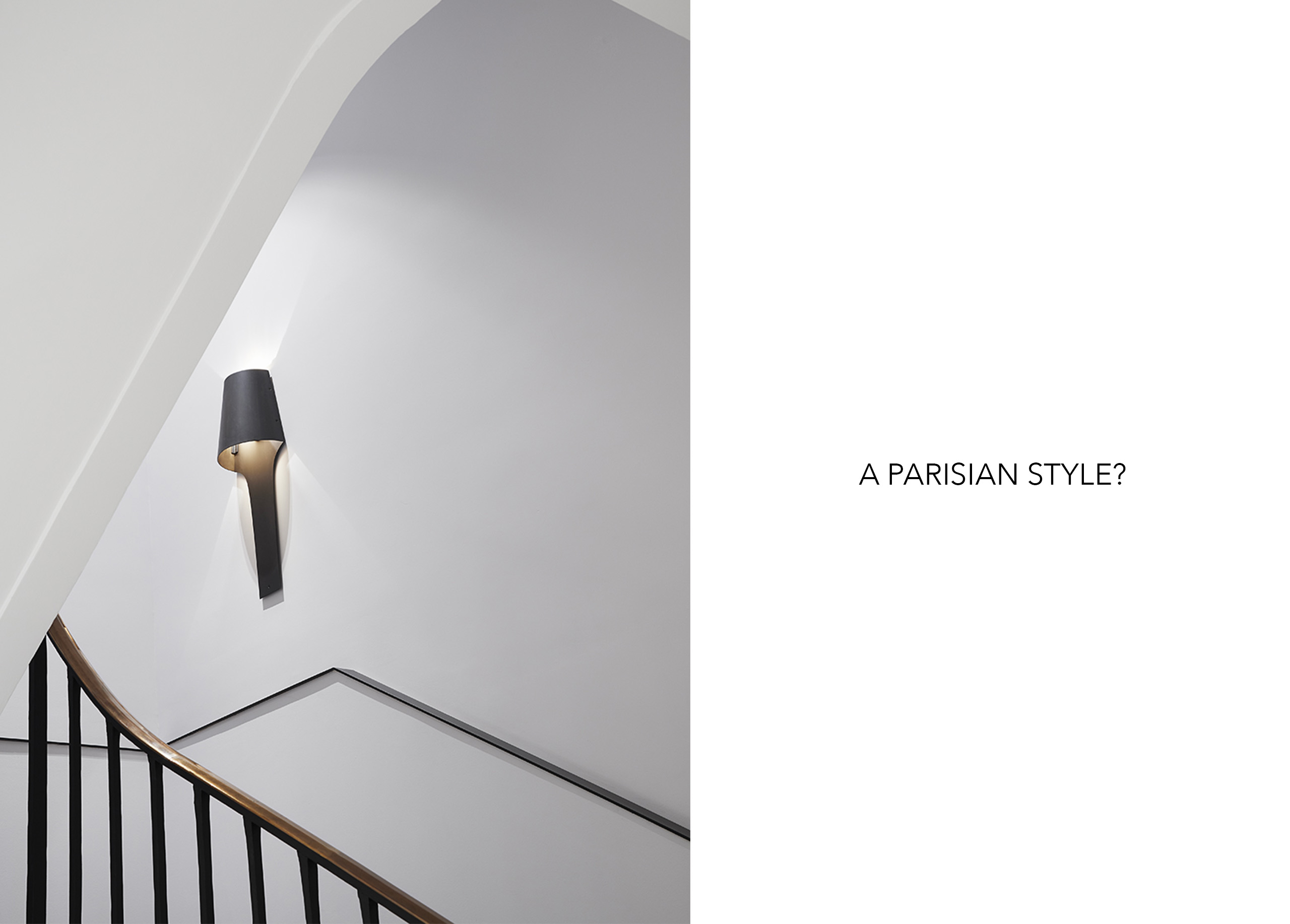
If Liaigre is a Parisian house, can its style be characterized as Parisian? It may seem excessive, but there are indeed some indications and evidence to support this claim. There is an “effortless elegance,” a natural chic in Liaigre’s aesthetic that foreign observers typically associate with Parisians.
In Liaigre’s case, this seemingly spontaneous chic results from the rigor of the design. This “clean line,” already mentioned regarding the Maison’s creations, originates from a simplicity that, in the design phase, involves removing any detail devoid of meaning or function. This apparent asceticism avoids stylistic effects in order to better showcase the beauty of materials and the perfection of their implementation.
This sober aesthetic (which is not neutrality) captivates well beyond a Parisian clientele. It has become a sort of hallmark, expressing the cosmopolitan spirit and openness that have made Paris a capital of the arts and, more broadly, of creativity.
